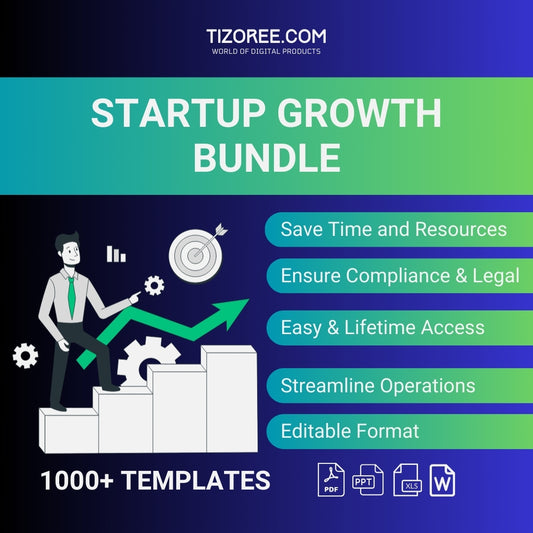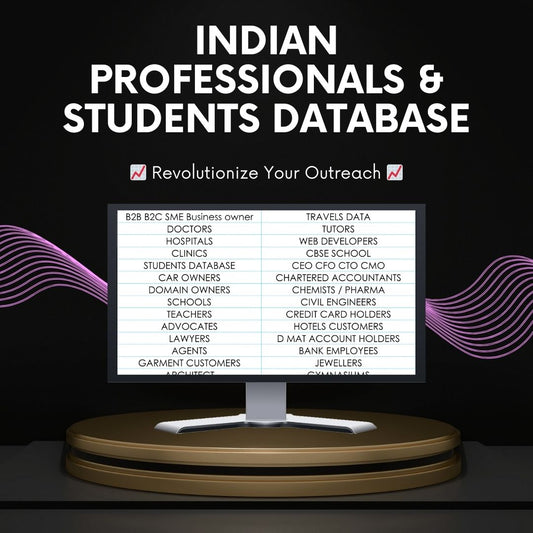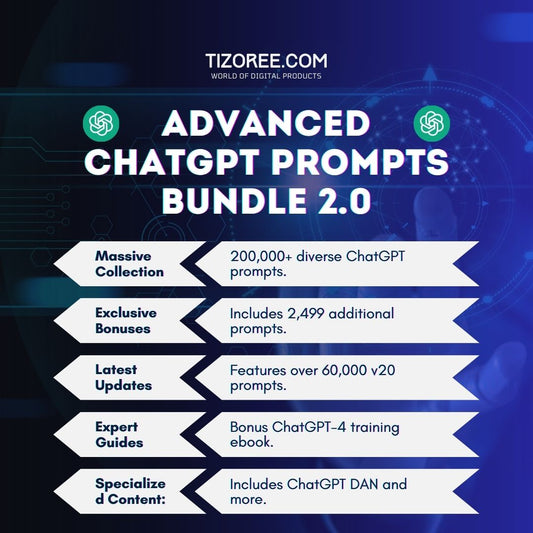Understanding Programmatic SEO: A Comprehensive Guide
Share
What is Programmatic SEO?
Programmatic SEO refers to the automated process of generating web pages targeting specific keywords to enhance search engine rankings. The technique involves using data and templates to create a multitude of pages that can rank for various search queries.
At its core, programmatic SEO is about identifying keywords that potential visitors are searching for and creating content around those keywords. The process is not new; it’s a refined approach to an age-old concept of optimizing content for search engines.
The Basics of Programmatic SEO
To understand how to implement programmatic SEO, it’s important to grasp its fundamental components:
- Keyword Research: This involves identifying the terms and phrases that your target audience is using to search for content relevant to your niche.
- Content Creation: Using the identified keywords, you create optimized content that answers the specific queries of users.
- Automation: Tools and software can be utilized to automate the content creation process, allowing for the rapid generation of pages.
Getting Started with Programmatic SEO
Now that we understand the basics, let’s delve into how to effectively kickstart your programmatic SEO journey.
1. Identify Your Niche
Choosing the right niche is crucial. A niche with a wide array of keywords can facilitate the generation of numerous pages targeting specific queries. For instance, if you are in the travel industry, you could create pages for various destinations, activities, and experiences.
2. Utilize Keyword Tools
Tools like Google Keyword Planner, Ahrefs, or SEMrush can help you discover relevant keywords. Look for long-tail keywords that are less competitive but highly specific to your audience’s search intent.
3. Create Content Templates
Develop a set of content templates that can be used to generate pages quickly. These templates should include placeholders for keywords, headings, and other essential elements that will be relevant to each page.
4. Automate Page Creation
Utilize software solutions that allow for the automated generation of web pages. This can significantly speed up the process and ensure consistency across your site.
5. Optimize for SEO
Each generated page should be optimized for search engines. This includes using appropriate meta tags, headers, and ensuring that your content is structured correctly.
Examples of Programmatic SEO in Action
Many successful companies have harnessed the power of programmatic SEO to enhance their online presence. Here are a few examples:
- TripAdvisor: They create dedicated pages for different cities, attractions, and activities, allowing them to rank for a wide variety of location-specific keywords.
- E-commerce Sites: Online retailers can generate product pages for every variation of a product, optimizing each page for specific search queries.
- Job Boards: Websites can create unique pages for each job listing, targeting specific job titles and locations.
Best Practices for Implementing Programmatic SEO
To make the most of programmatic SEO, consider the following best practices:
1. Focus on Quality Content
While automation is a key aspect, never compromise on the quality of your content. High-quality, engaging content is essential for retaining visitors and improving search rankings.
2. Monitor Performance
Regularly track the performance of your pages using analytics tools. This will help you identify which pages are performing well and which need optimization.
3. Keep Updating Content
Search engines favor fresh content. Regularly update your pages with new information, images, and insights to keep them relevant.
4. Avoid Keyword Cannibalization
Ensure that different pages are targeting different keywords to avoid competing against yourself. This is crucial for maximizing your visibility in search results.
5. Build Internal Links
Linking between your programmatic SEO pages can help improve site navigation and boost SEO. Internal links guide users and search engines to related content throughout your site.
Challenges and Solutions in Programmatic SEO
As with any strategy, programmatic SEO comes with its own set of challenges:
1. Content Quality Control
Ensuring consistent quality across numerous pages can be challenging. Implement a review process to maintain high standards.
2. Keeping Up with SEO Trends
The SEO landscape is ever-evolving. Stay updated with the latest trends and algorithm changes to ensure your pages remain optimized.
3. Technical SEO Issues
Ensure that your site’s technical elements are optimized, including site speed, mobile-friendliness, and structured data.
Conclusion
Programmatic SEO is a powerful strategy that can significantly enhance your website’s visibility and search rankings. By understanding its components, implementing best practices, and continually optimizing your content, you can effectively leverage this technique to drive traffic and achieve your digital marketing goals.
Remember, the key to success lies in balancing automation with quality content. As you embark on your programmatic SEO journey, stay committed to delivering value to your audience.



